The Physics of Quantum Information Theory
Introduction
Quantum Information Theory is a branch of physics that combines classical information theory with the laws of quantum mechanics. It seeks to understand the nature and behavior of information when it is subject to the principles of quantum mechanics. This article delves into the intricate details of this fascinating field, exploring its origins, key concepts, and its implications for the future of information processing.


Origins and Development
Quantum Information Theory emerged from the intersection of two major scientific revolutions of the 20th century: quantum mechanics and information theory. Quantum mechanics, developed in the early 20th century, revolutionized our understanding of the microscopic world, introducing concepts such as superposition and entanglement.
In the mid-20th century, Claude E. Shannon developed classical information theory, which provided a mathematical framework for understanding information and communication. The confluence of these two fields led to the birth of Quantum Information Theory, which began to take shape in the late 20th century.
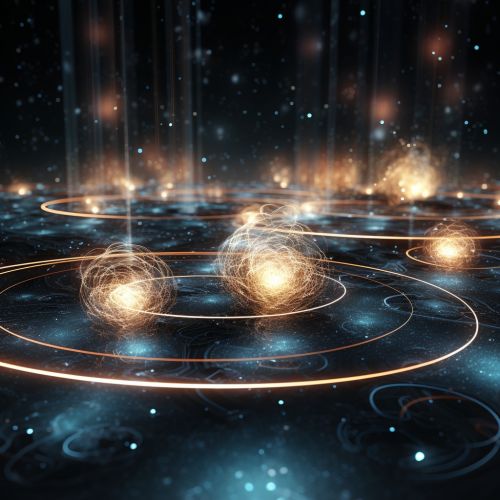
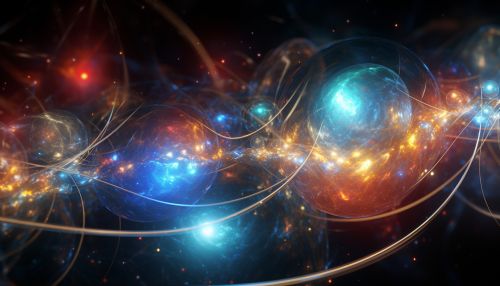
Key Concepts
Quantum Bits
At the heart of Quantum Information Theory is the concept of the quantum bit, or qubit. Unlike classical bits, which can be either 0 or 1, a qubit can exist in a superposition of states, meaning it can be both 0 and 1 at the same time. This property is a direct result of the principle of superposition in quantum mechanics.
Quantum Entanglement
Another key concept in Quantum Information Theory is quantum entanglement. This is a phenomenon where two or more particles become linked and the state of one particle can instantaneously affect the state of the other, no matter the distance between them. This property is utilized in quantum information processing for tasks such as quantum teleportation and quantum cryptography.
Quantum Gates
Quantum gates are the basic building blocks of quantum circuits. They operate on qubits, changing their state in various ways. Unlike classical gates, quantum gates can be reversible, meaning they can transform quantum states without losing information.
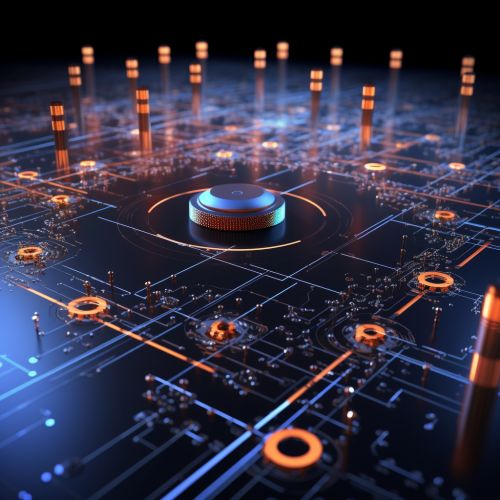
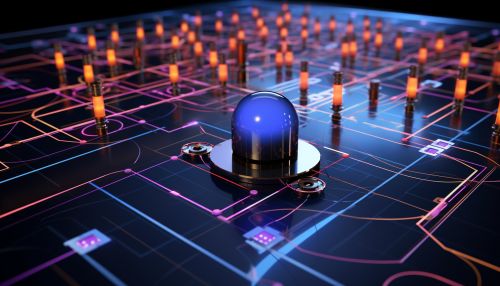
Applications
Quantum Information Theory has a wide range of applications, from quantum computing and quantum cryptography to quantum teleportation and quantum metrology.
Quantum Computing
Quantum computing is perhaps the most well-known application of Quantum Information Theory. Quantum computers use qubits and quantum gates to perform computations. Because of the properties of superposition and entanglement, quantum computers have the potential to solve certain problems much faster than classical computers.
Quantum Cryptography
Quantum cryptography uses the principles of Quantum Information Theory to develop secure communication systems. The most famous protocol is quantum key distribution (QKD), which allows two parties to share a secret key that can be used for secure communication.
Quantum Teleportation
Quantum teleportation is a process by which the state of a qubit can be transferred from one location to another, without any physical particles travelling between the two locations. This is made possible by the phenomenon of quantum entanglement.
Quantum Metrology
Quantum metrology uses quantum states to make measurements with precision beyond what can be achieved with classical methods. This has potential applications in many areas, including timekeeping, navigation, and gravitational wave detection.
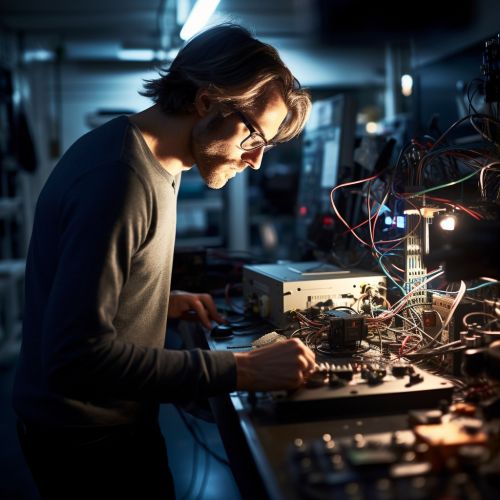
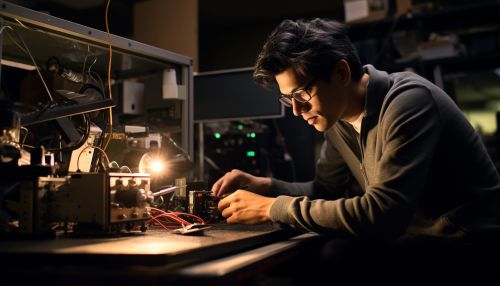
Future Implications
The implications of Quantum Information Theory are vast and far-reaching. As our understanding of the theory deepens and technology advances, we can expect to see more practical applications emerge. Quantum computers could revolutionize fields such as cryptography, optimization, and drug discovery, while quantum communication could lead to unbreakable encryption.


